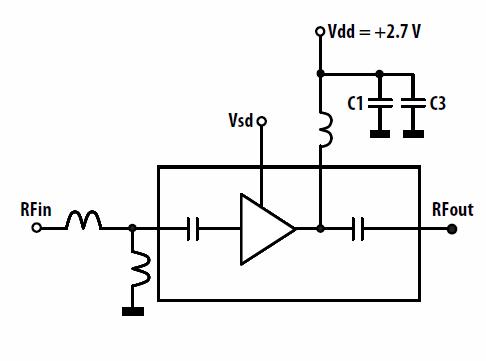When initially introduced for public consumption, GPS systems were high on the “Gee Whiz” index. Before GPS, we had to know how to read and use maps. But, when released for public use, the advantages and benefits soon made this a must-have technology.
Advances in semiconductor technology were at the heart of the expansion of GPS acceptance. Using the deep memory pools of Flash (especially NAND flash), maps, waypoints, points of interest, gas stations, restaurants, and hospitals all became instantly navigable from the push of an on-screen button. While initially expensive, bulky, and a bit quirky, GPS competition has heated up. Demand for real GPS as opposed to position-interpolated GPS has meant that more cell phones, tablets, and even infotainment systems are designing in GPS chips or modules and becoming globally location aware. Automobile makers are taking advantage of the technology as well, designing navigation systems that are even becoming a part of a car’s personality. The evolution of the technology opens up a new world of services and features, but also brings to light some challenges.
Signal integrity is not always ideal, and the growing dependence on GPS technology means that we are generally more helpless when that technology fails. This is especially true with younger generations who have not had to develop the skills to read maps as a backup plan. From a designer’s perspective, the ability of the GPS system to recover signals becomes more important than ever.
When common sense is trumped by technological dependence, we are in danger. And when signal strength is weak, GPS systems can give false information. This is one reason that signal integrity is so important.
GPS front-end modules can provide very low noise and high linearity for improved signal integrity. This is very important going forward since more high-power transceivers like Wi-Fi, Bluetooth, and cellular are almost always in close proximity, driving the need for GPS front-ends to feature exceptional noise rejections.
The old real estate adage states “location, location, location,” and that holds true when it comes to antennas and signal paths for weak signals. In small handheld devices like mobile phones, there aren’t many options. Rear upper corners are best for the placement of the antennas, but are also shared with cellular, Bluetooth, and sometimes Wi-Fi transmitters. Shared antennas can be used; however, the best performance comes when the entire signal path is optimized for that one specific band – in this case, the L1 frequency (1575.42 MHz).
To boost signal integrity, GPS front-end modules from Avago Technologies like the MGA-310G low-noise amplifier can recover signals that would otherwise not be usable. Based on Avago’s proprietary GaAs Enhancement-mode pHEMT fabrication process, it features very high gain (up to 15.2 dB) and very low noise (0.82 dB).
The MGA-310G amplifier features a very small 1.13 x 1.1 x 0.5 mm form factor as well as a very low external component count. This allows this part and other similar parts to fit inside a smart phone without taking up much space or power. A logic level shutdown pin puts sleep current at less than 1 uA.
 Figure 1: Small-sized GPS front-end modules require very few external components and can increase the signal integrity of weak GPS signals. This can be important so as not to drop navigational aid during adverse conditions.
Figure 1: Small-sized GPS front-end modules require very few external components and can increase the signal integrity of weak GPS signals. This can be important so as not to drop navigational aid during adverse conditions.
GPS systems are continuing to grow in popularity, and the United States is not the only player. The Russian equivalent GLONASS system is also being supported by chip makers, and we can probably expect to see other countries like China, Germany, and Japan introducing their own versions of the technology with their next-generation enhancements.
Advertisement
Learn more about Avago Technologies





